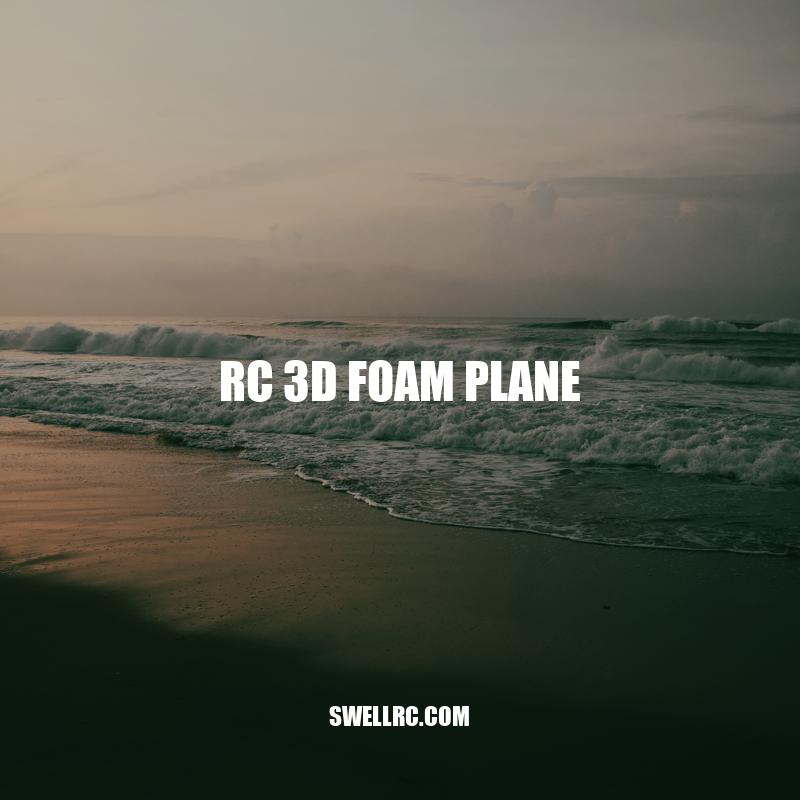Mastering RC 3D Foam Planes: A Guide to Building and Flying
Radio-controlled (RC) 3D foam planes are an increasingly popular choice among hobbyists and enthusiasts for their lightweight and durable construction, as well as their ability to perform impressive maneuvers in the air. These planes are typically constructed using expanded polypropylene (EPP) or expanded polystyrene (EPS) foam, which makes them resistant to damage from crashes and collisions. Compared to other types of RC planes with heavier materials, 3D foam planes can be flown more easily and can perform more complicated aerial tricks. However, they also require precise control and skill to fly successfully, making them a challenging yet rewarding option for RC enthusiasts.
Components of an RC 3D Foam Plane
- The design of an RC 3D foam plane includes the following components:
- The motor, which provides power to the plane
- The propeller, which produces thrust to move the plane forward
- The wing, which generates lift to keep the plane in the air
- The fuselage, which houses the electronic components and provides support for the wing and tail
- The tail, which provides stability and helps to control the direction and altitude of the plane
- RC 3D foam planes are typically built in one of two ways:
- Scratch-built: The plane is built from scratch, with individual components cut from foam and assembled according to a plan or design.
- Kit-based: A kit is purchased that includes pre-cut components and instructions for assembly. This method is preferred by beginners or those who want a more structured approach to building their plane.
- The type of foam used in building an RC 3D foam plane is a critical factor in its performance:
- EPP (Expanded Polypropylene) foam is more resilient to damage and is preferred for beginners or those who want to practice stunt flying.
- EPS (Expanded Polystyrene) foam is lightweight and has better aerodynamic properties than EPP foam, making it the preferred choice for more experienced pilots.
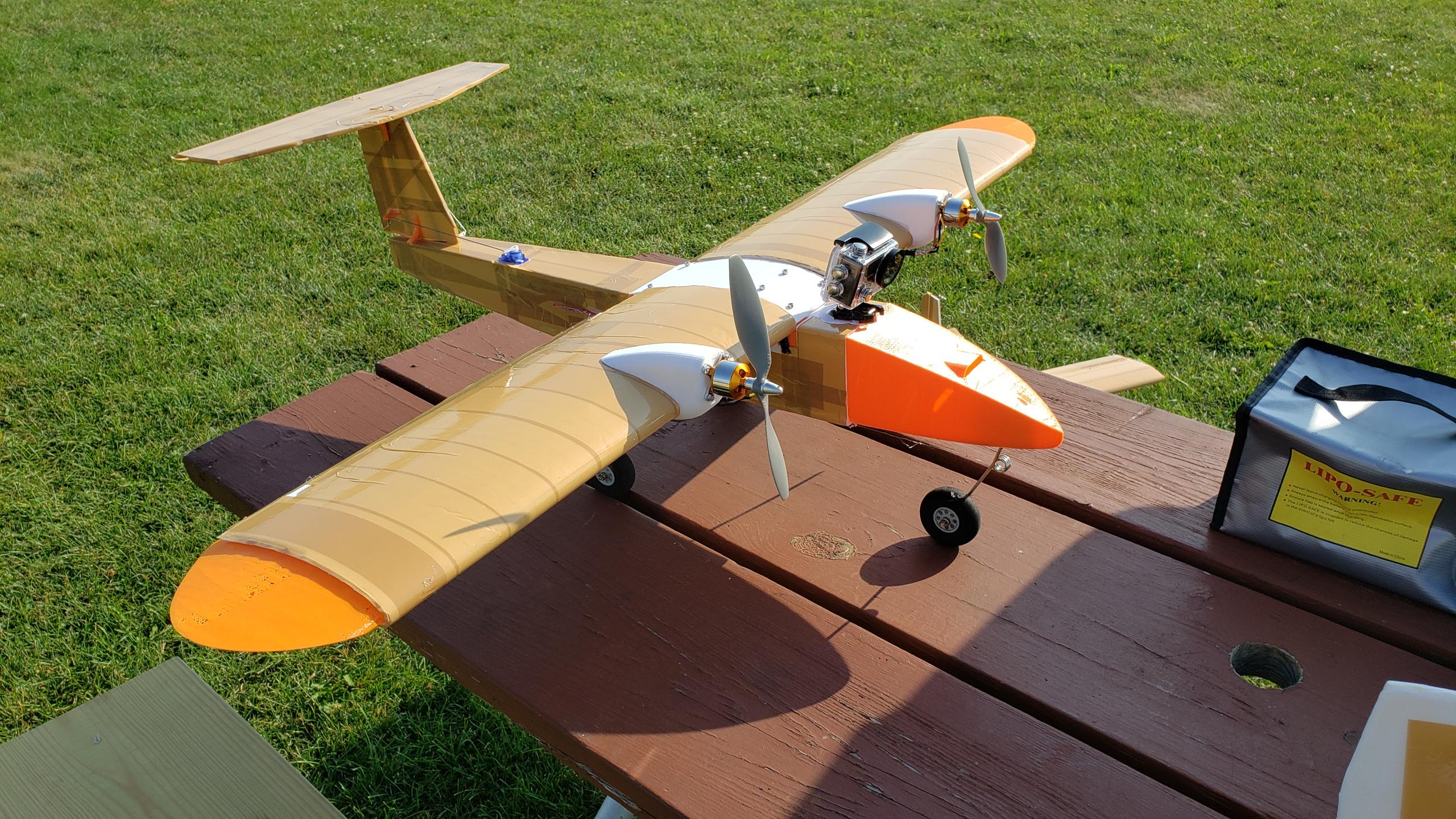
What are the differences between EPP foam and EPS foam in the construction of RC 3D foam planes?
EPP foam is denser and more durable than EPS foam, making it a better choice for the construction of RC 3D foam planes that undergo frequent crashes and impacts. EPS foam is lighter and more affordable, but may not hold up as well over time.
Advantages of RC 3D Foam Planes: Lightweight, Durable, Maneuverable, and Low Cost
- RC 3D foam planes have many advantages over traditional remote-controlled planes:
- Lightweight construction: The foam material used in the plane makes it lighter and easier to maneuver, allowing for more daring and complex stunts.
- Durability: The foam material is also more resilient to crashes and damage, reducing repair costs and downtime.
- 3D Maneuverability: RC 3D foam planes are specially designed to perform complex 3D maneuvers, such as vertical and horizontal flips, rolls, and dives.
- Low cost: Compared to traditional remote-controlled planes made of balsa wood or plastic, RC 3D foam planes are relatively inexpensive, making them a popular choice for beginners or those on a budget.
- Here is a comparison table of popular RC 3D foam planes:
| Plane Model | Wingspan | Weight | Price |
|---|---|---|---|
| FT Edge 540 Aerobatic RC Plane | 40 in. | 15 oz. | $49.99 |
| FT Simple Scout RC Trainer | 47 in. | 16 oz. | $49.99 |
| Flitetest Bushwacker RC Plane | 54 in. | 29 oz. | $69.99 |
| Flex Innovations Mamba 60E RC Plane | 62 in. | 87 oz. | $349.99 |
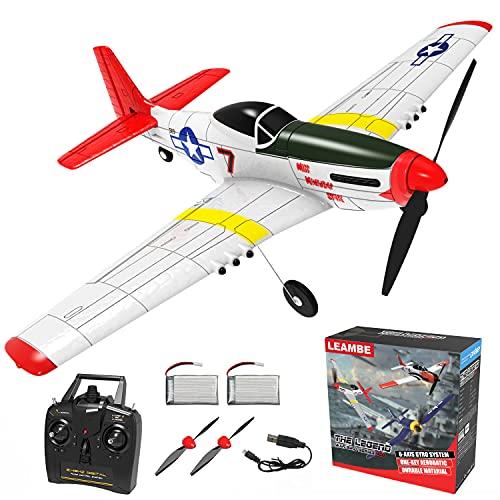
What are the advantages of RC 3D foam planes compared to traditional remote-controlled planes?
RC 3D foam planes are lighter, more durable, and easier to repair than traditional remote-controlled planes. They also have more maneuverability and can perform advanced aerial maneuvers.
Tips for Flying and Building RC 3D Foam Planes
- While RC 3D foam planes offer many advantages, there are some challenges that come with flying them:
- Precision control: Due to their lightweight and aerodynamic design, RC 3D foam planes require precise control and input from the pilot to perform complex stunts and maneuvers.
- Weather conditions: Wind, rain, and other environmental factors can greatly affect the performance of RC 3D foam planes, making flying more challenging in certain conditions.
- Potential crashes: While foam planes are more durable than traditional planes, crashes can still occur, and repairs can be time-consuming and costly.
- Skill level: RC 3D foam planes require a certain level of skill and experience to fly successfully, making them less suitable for beginners.
- Here are some tips for building and flying RC 3D foam planes:
- Use the right tools and materials: Specialized foam cutting tools and adhesives are necessary for building a durable and aerodynamic foam plane.
- Balancing and trimming: Before attempting flight, it is important to balance the plane’s weight distribution and properly trim the control surfaces for optimal performance.
- Practice in a large open area: Learning to fly an RC 3D foam plane can take time, so it is best to start in a large open area with minimal obstacles and distractions.
- Avoid high winds and other obstacles: Wind can greatly affect flight performance, so it is best to fly in calm weather conditions. Additionally, obstacles such as trees and power lines should be avoided when flying.
- For those interested in purchasing or building RC 3D foam planes, there are many resources available online:
- Flite Test: A popular website that offers a variety of RC 3D foam plane kits, plans, and tutorials for beginners and seasoned pilots alike.
- HobbyKing: Another popular website that offers a wide selection of RC 3D foam plane kits, parts, and accessories.
- RCGroups: An online community of RC enthusiasts that offers a wealth of information, advice, and support for those interested in building and flying RC 3D foam planes.
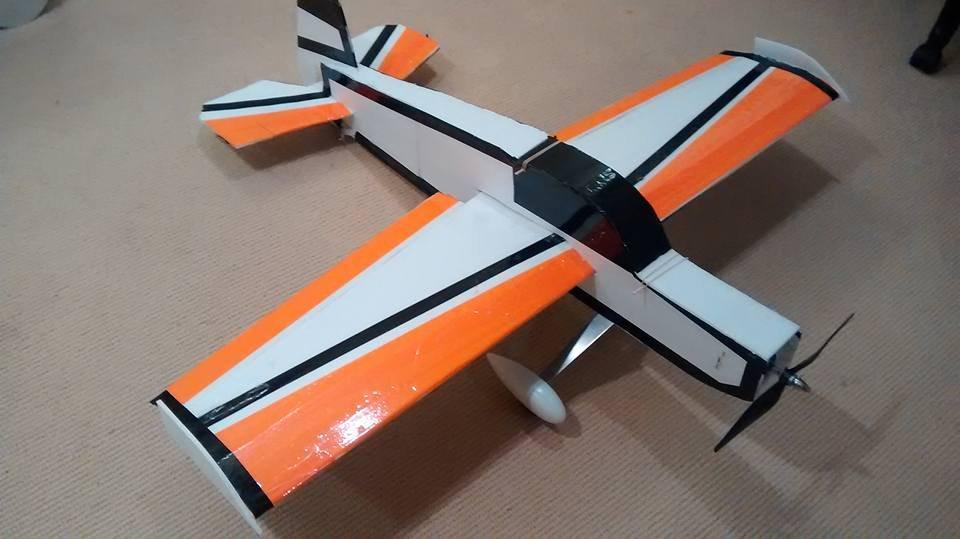
What are some tips for building and flying RC 3D foam planes?
Some tips for building and flying RC 3D foam planes include using waterproof glue, reinforcing weak spots, balancing the plane properly, practicing basic maneuvers first, and starting with a trainer plane before moving on to more advanced models.
Important Safety Tips for RC 3D Foam Plane Enthusiasts
- If you plan to build or fly an RC 3D foam plane, here are some safety tips to keep in mind:
- Always wear protective gear: Eye protection and gloves can help prevent injury while building or handling an RC 3D foam plane.
- Never fly near people or animals: RC 3D foam planes can cause serious injury if they collide with a person or animal, so it is important to fly in a safe area away from populated areas.
- Keep spare parts and materials on hand: Foam planes are prone to crashes and damage, so having extra parts and materials on hand can help ensure you can quickly repair and get back to flying.
- Follow local laws and regulations: Depending on where you live, there may be specific laws and regulations regarding the use of RC 3D foam planes. Make sure you are aware of these laws and follow them accordingly.
- Whether you are a seasoned RC pilot or just starting out, RC 3D foam planes are a fun and exciting way to experience the thrill of flying:
- With their lightweight and aerodynamic design, these planes can perform amazing stunts and maneuvers that are sure to impress.
- Building and flying an RC 3D foam plane requires skill, patience, and attention to detail, but the end result is a truly rewarding experience.
- From online communities and tutorials to specialized tools and kits, there are many resources available to help you get started with your RC 3D foam plane hobby.
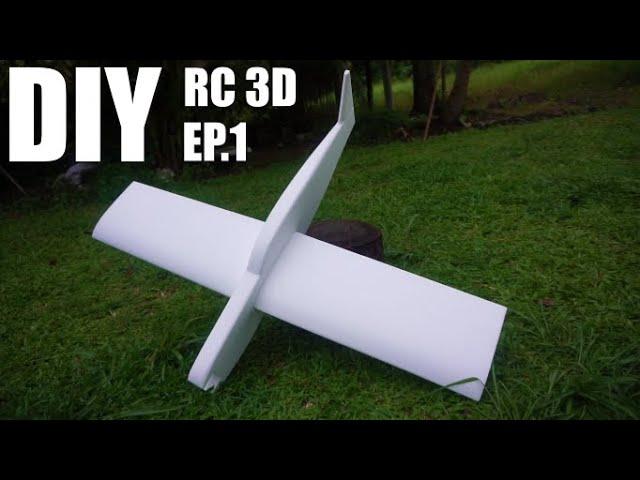
What resources are available to help beginners get started with building and flying RC 3D foam planes?
There are several resources available online, including tutorials, instructional videos, and forums dedicated to RC 3D foam planes. Some popular websites for beginners include FliteTest, RCGroups, and RC Universe. Additionally, there are many YouTube channels that offer guidance and tips for building and flying RC planes.
RC 3D foam planes provide a unique opportunity to experience the thrill of flying while also developing new skills and techniques. They are a popular choice among RC enthusiasts and hobbyists, and for good reason. With their lightweight design and foam construction, these planes can perform amazing stunts and maneuvers that are sure to impress. However, building and flying an RC 3D foam plane requires skill, patience, and attention to detail. It is important to follow safety tips and guidelines to ensure a safe flying experience.
There are many resources available to help you get started with your RC 3D foam plane hobby. Online communities and tutorials can provide valuable advice and support, while specialized tools and kits can make building and flying easier and more rewarding. Whether you are a seasoned RC pilot or just starting out, RC 3D foam planes offer a fun and exciting way to experience the thrill of flight.
In conclusion, RC 3D foam planes are a popular and rewarding hobby that offer a unique opportunity to experience the thrill of flying and master new skills. While building and flying an RC 3D foam plane can be challenging, following safety guidelines and utilizing available resources can help ensure a safe and enjoyable experience. Whether you are interested in stunt flying or simply enjoy the excitement of flight, exploring the world of RC 3D foam planes is a great way to fuel your passion for flight and join a community of like-minded enthusiasts.

